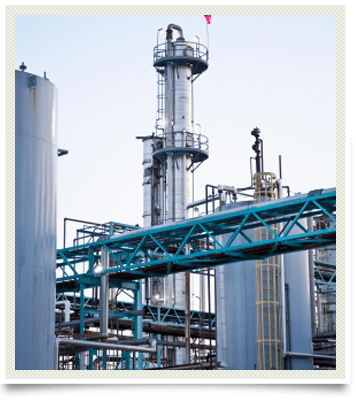
Intro to Toxic Chemicals
Sources and Effects
Since the end of World War II, approximately 82,000 chemicals have been produced in the United States. It is unknown how many of these chemicals have been tested to determine what detrimental effects they have on the human body. Although the incidence of infectious diseases causing death has improved in the past sixty years, the incidence of birth deformities, reproductive difficulties, neurological abnormalities, and certain cancers has increased during the same time period. In addition, there has been an increase in cardiopulmonary death and disease, asthma incidence, diabetes, and obesity during the same time period.
Air pollution, lead, mercury, polychlorinated biphenyls (PCBs), tobacco smoke, and ionizing radiation have strong evidence of contributing to environmentally triggered illness. Reproductive toxicity has been associated with exposure to industrial solvents. Pediatric developmental disorders have been associated with fetal exposure to lead, mercury, nicotine, and some chemicals.
Certain cancers have been associated based on strong to moderate evidence with certain chemical exposures.
Low frequency electromagnetic fields are associated with childhood leukemia. Some childhood malignancies such as leukemia and lymphoma are linked to pre-conception, prenatal, and early childhood exposure to certain pesticides.
Ozone, sulfur dioxide, and nitrogen dioxide are outdoor air pollutants associated with an increase in asthma incidence and emergency room visits for asthma attacks. Diesel exhaust particles are a respiratory irritant and carcinogen that are also associated with heart problems. Children are especially vulnerable to air pollutants due to their short stature, ongoing lung development, increased air intake, and their air source being closer to the ground.
Indoor Air Chemical Pollutants
These include:
- Pesticides
- Cleaning Solvents
- Volatile Organic Compounds (VOCs)
VOCs arise from the out-gassing of:
- New carpets
- Paints
- Glues
- Particle Board
- Computers
- Printers
- Cleaners
- Soaps
- Fabric Softeners
- Deodorizers
- Air Fresheners
- Scented Candles
- Photocopiers
The "Sick Building Syndrome" (SBS)
The "Sick Building Syndrome" (SBS) is due to indoor air pollutants. It arose in the 1970s due to the energy crisis resulting in tight closure of buildings to increase energy efficiency.
Symptoms associated with the "Sick Building Syndrome" include:
- Irritation of the eyes, nose, and throat
- Dry, red mucous membranes and skin
- Headaches
- Dizziness
- Abnormal taste and smell
- Upper respiratory infections
- Asthma-like conditions
- Nausea
- General fatigue
Inadequate ventilation and indoor contamination are the primary problems associated with the SBS.
Toxic solvents such as toluene and benzene are used painting automobiles and aircraft.
These are toxic to the heart, brain, and bone marrow. The organochlorine pesticides and organophosphate pesticides are toxic to the neurologic and immune systems. These compounds can be measured in the body's tissues.
Asbestos
No discussion of chemically induced illness would be complete without a discussion of asbestos. Asbestos is strongly associated with the lung cancer mesothelioma.
Asbestos was present in:
- Hazardous waste sites
- Brake linings
- Coating for pipes and girders
- Fireproofing
- Ceiling and floor tiles
- Textured walls and ceilings
- and in the demolition of old buildings
